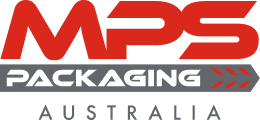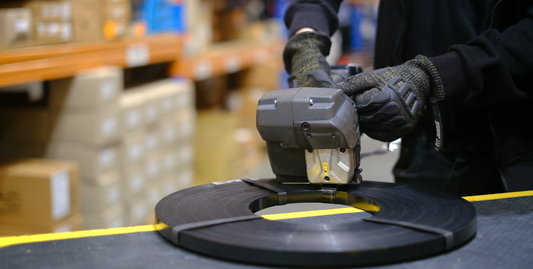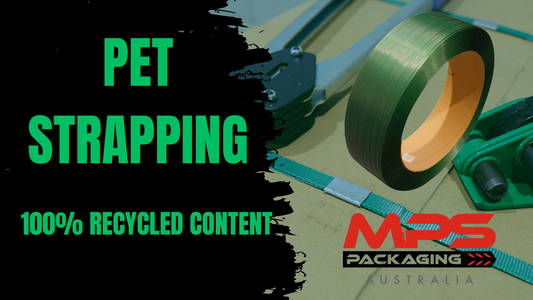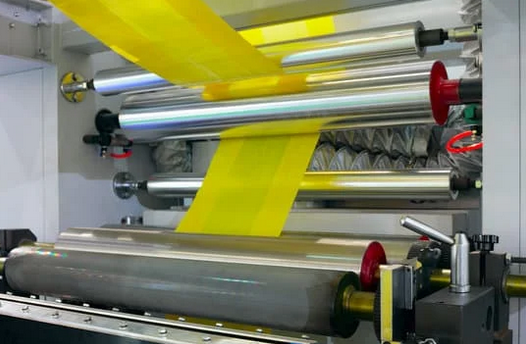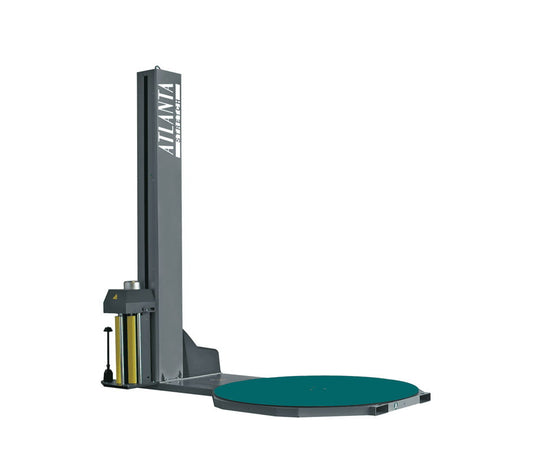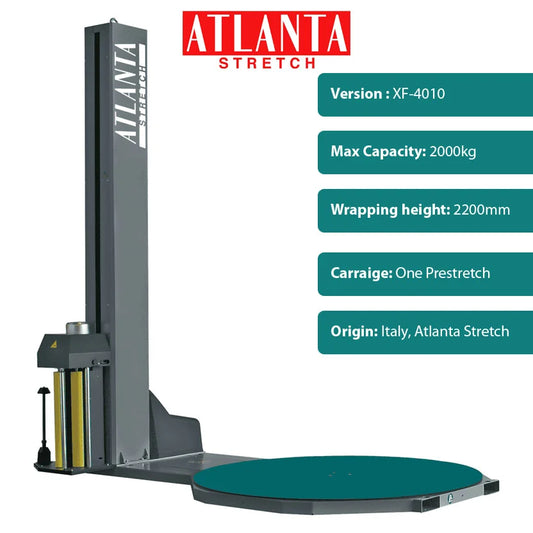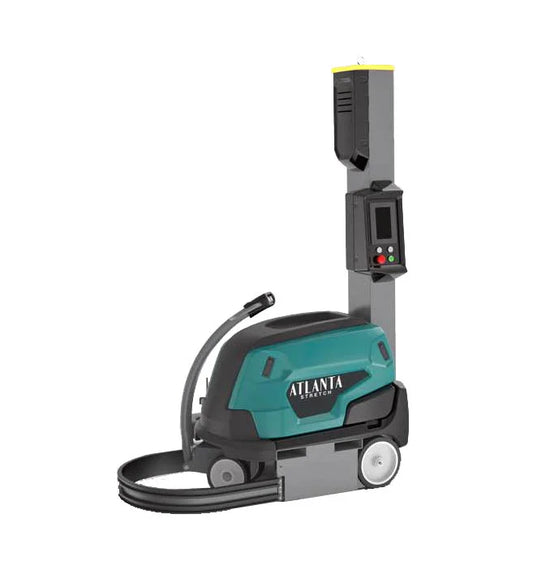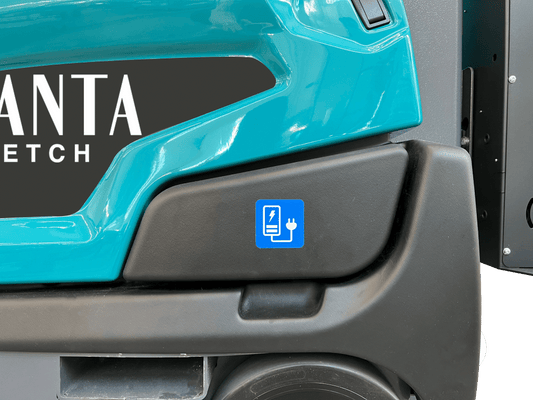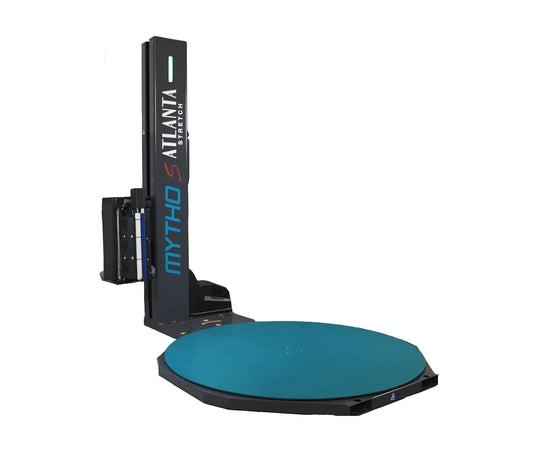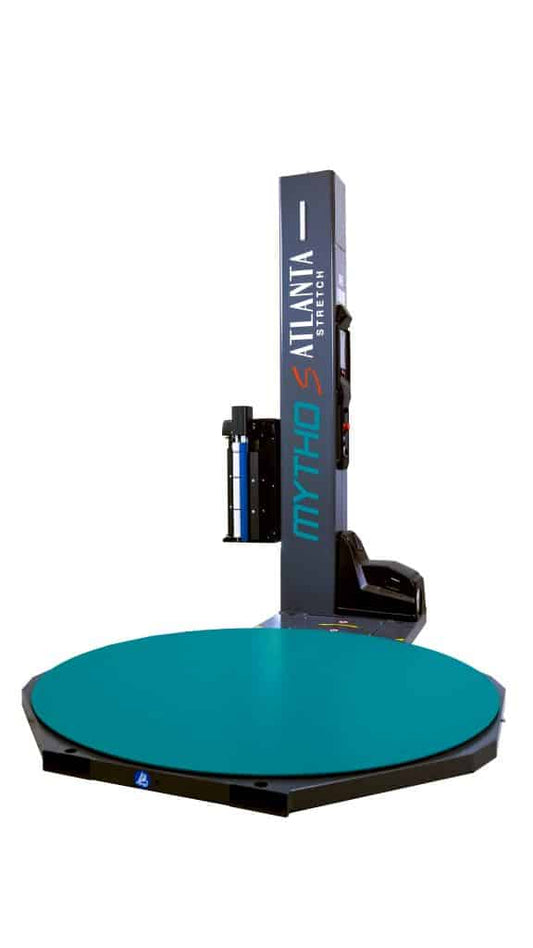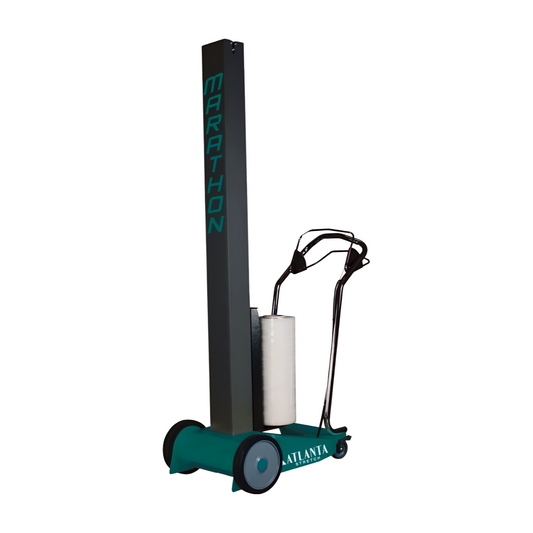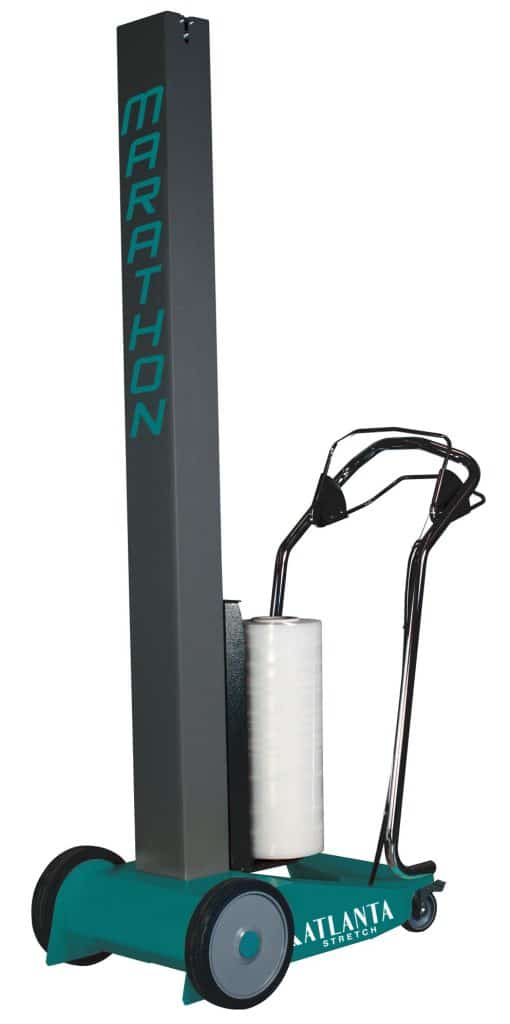When it comes to packaging efficiency, one of the most accurate ways to understand your true pallet wrapping cost is through a simple experiment known as the cut and weigh test. This test helps estimate the baseline cost of wrapping a pallet — and reveals exactly how much stretch wrap your operation is using per load.

How the Cut and Weigh Test Works
To start, wrap a standard pallet as you normally would — either by hand or using your machine pallet wrapper. Once the pallet is completely wrapped, carefully remove all the film and weigh it on a sensitive scale.
You’ll usually find that a hand-wrapped pallet uses somewhere between 250g and 500g of stretch film, depending on the load size, film gauge, and wrapping style. With that figure, and the price of your stretch wrap roll, you can calculate your cost per pallet wrapped.
This simple test provides real-world data — not marketing claims — giving you a clear picture of what each pallet actually costs to wrap in your facility.

Step-by-Step Cost Calculation
We calculate wrapping cost in two steps:
Step 1:
(Net weight of roll) ÷ (Amount of wrap used per pallet) = Pallets wrapped per roll
Step 2:
(Roll price) ÷ (Pallets wrapped per roll) = Cost per pallet wrapped
Example:
Step 1: 14,000g ÷ 250g = 56 pallets per roll
Step 2: $70 ÷ 56 = $1.25 per pallet
Why This Method Matters
he cut and weigh test is more than just a simple cost calculation — it’s the only way to know, with certainty, what you’re truly paying per pallet wrapped. In today’s packaging market, many suppliers advertise their stretch wrap using inflated roll lengths, understated film thicknesses, or ambiguous weight specifications to make their products appear more cost-effective than they really are.
For example, a roll may be labelled as 500mm x 2000m, but when measured, it might only contain 1,500 to 1,700 metres of film. Similarly, some suppliers quietly downgrade material thickness — promoting a “20 µm” film that actually measures closer to 17 µm. These subtle differences can have a major impact on your yield, meaning you use more film per pallet than expected and your true cost per wrap increases significantly.
This is where the cut and weigh test cuts through marketing noise. Instead of relying on roll specs or advertised price, you’re gathering real, measurable data from your own operation. It’s a scientific approach — weighing exactly how much material is used per load and calculating what that film actually costs you in practice.
By working from factual, measured results, you can expose inconsistencies in supplier claims, accurately compare different films, and make informed purchasing decisions based on performance, not packaging. This method removes guesswork and eliminates the misleading “price-per-roll” comparisons that so often hide lower yield or downgauged products.
When you calculate cost using the cut and weigh method, you’re basing your decision on objective evidence — the exact grams of film it takes to wrap a pallet and how that translates into cost per unit. It’s simple, transparent, and accurate — far superior to relying solely on roll price, which can easily disguise the true efficiency or quality of a stretch film.

Comparing Films and Machines
This test is also an excellent tool for comparing two different films or pallet wrapping systems. For instance, you can compare a friction-brake pallet wrapper to a powered pre-stretch machine to see which provides the lowest cost per pallet.
Typically, powered pre-stretch wrappers deliver the best film yield, reducing the cost per pallet significantly. While these machines require a higher upfront investment, the long-term film savings and improved load stability often justify the cost.
Understanding these differences allows you to make informed decisions about which film and machine combination best fits your production needs and budget.

Final Thoughts
At MPSpack, we recommend every business conduct a cut and weigh test before changing films or pallet wrapping machines. This straightforward process provides reliable data to help you reduce waste, improve efficiency, and uncover the true cost of your stretch wrapping operation.
